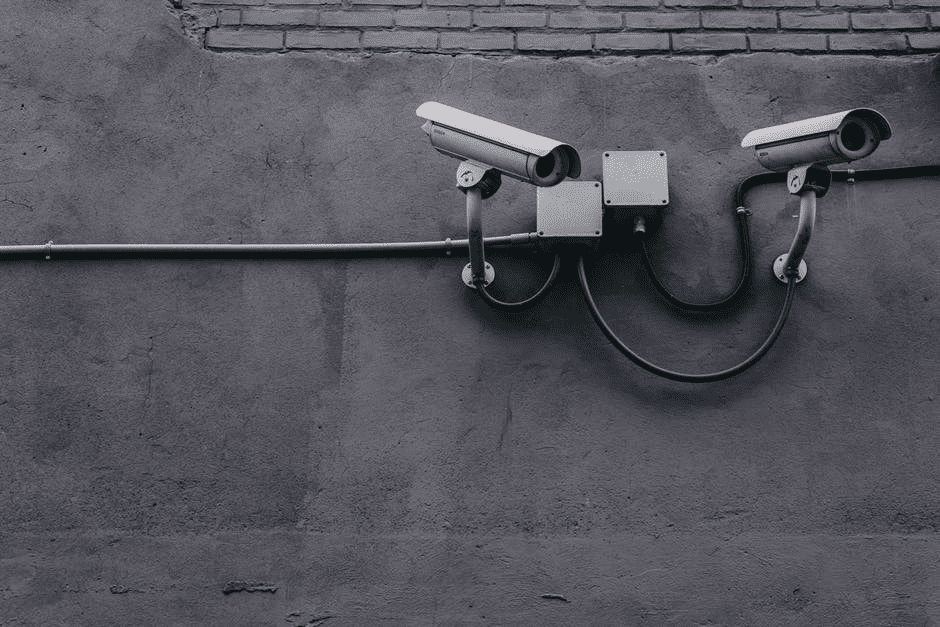
Click to learn more about author Gilad David Maayan.
Data, used in significant quantities, is vital to the operation of most any modern business. This reliance, however, creates risk and makes data an appealing target for criminals. Thankfully, it is possible to protect your data, and your business, provided you take the proper precautions.
Read on to learn about some of the risks you might face and how you can effectively protect yourself.
Sensitive Data Threats
Sensitive data can be exposed through systems failure, human error or malicious activity. While the first two can be eliminated through careful maintenance and training, the last remains an ongoing threat.

Image source: Pexels
When you think of data theft, you might assume criminals only go for financial information, like credit card numbers and bank accounts, but there are other types of data that are just as valuable. System configuration and architecture information lets criminals know what hardware and software you’re using, how your network is structured, and through what IP addresses or ports it communicates. Metric or analysis data can be used to uncover credentials, user access permissions, performance vulnerabilities, or authentication practices. Application code can expose application vulnerabilities, credentials to integrated systems, or be used to reduce market advantage due to exposure of proprietary information. All of this data can be leveraged by criminals in current or future attacks, or directly profited from.
Criminals seeking to steal, manipulate, or destroy your data have numerous methods of infiltrating your systems. They use tactics such as brute force password cracking, phishing in combination with social engineering, and purchase of existing breached data to illegitimately access your networks.
Malware, planted after access is gained through credentials or inadvertently downloaded, can be used to silently log data, open backdoor access, or hold data for ransom. Security hackers can easily take advantage of systems with poor monitoring, lack of centralization, out of date devices or software, Bring Your Own Device (BYOD) policies, or otherwise ineffective security policies.
How to Secure Sensitive Data: Best Practices
No article can tell you how to ensure that your data is 100% secure, because each system configuration is different. However, using these best practices, you can develop a customized solution to meet your needs.
Audit Your System and Risks
You will not be able to secure your data if you do not know what or where to protect. To develop an effective security plan, you must do a comprehensive audit, starting with what data you have and where you’re storing it. You should evaluate if the data you are storing is necessary to keep, why it is being stored, and what confidentiality level it falls into.
If your data is stored in multiple locations, such as on endpoints, in data centers and on cloud drives, determine if it needs to be stored in all places and consider consolidating.
Once you know what you have and where it is, you can evaluate how that data is accessed and by whom, what current protections are being used, and how security is currently being monitored or verified. During your audit, you need to determine what data security regulations apply to your data, whether or not you are currently in compliance, and what changes you might need to make.
Your audit should include investigations into your system vulnerabilities, current threats, and best practices for protection. The OWASP Top 10 vulnerabilities list is a tool that can help you determine where risks might be present and how they can be avoided. Only after you have collected all of this information can you craft an effective data security plan.
Establish Comprehensive Policies
Using your audit findings, you can create comprehensive and enforceable policies for securing your data. A policy should be created determining exactly what data is kept, how long it is retained, and in what locations it can be stored or used.
You need to address system and software updates, to make sure that vulnerabilities are patched quickly and consistently. Devices should be uniformly managed and protected; a weak endpoint can be used to gain access to an otherwise secure system.
Any security solution you use should include 24/7 monitoring with logging and alert capabilities and a periodic security audit should be scheduled. You can see more about evaluating the strength of security solutions in this blog.
If data is exposed, you must have a response policy addressing how threats can be contained, how damage can be minimized, who needs to be made aware that a breach occurred, and who is responsible for each step in the response. There should be a plan in place for how to evaluate incidents after the fact, regardless of whether they successfully infiltrated your systems, and how to use the information gained to improve security protocols.
Limit Data Access
Effective policies will limit data access according to the principle of least privilege, which can be more easily implemented after your data has been classified by security level. Restricting who can access data, what they can do with it, and how they can access it, can drastically reduce entry points for attackers. By layering high priority data under several layers of security, you can delay or prevent illegitimate access entirely.
Centralized management of user profiles, permissions, and credentials allows you to ensure that rights aren’t accidentally given, that only those accounts in active use are valid, and provide an easy way to quickly revoke access from compromised accounts.
Data access should be restricted with encryption both at-rest and in-transit, ideally including end-to-end methods to prevent man-in-the-middle attacks. This encryption should be used in combination with, not in place of, limiting data transfer and storage to necessary cases. Once data is no longer needed it should be either archived, in case it is needed for compliance, or securely erased.
Wrap Up
Data is often the most valuable asset for a modern business, so it’s understandable why you would want to protect yours. Despite this, many businesses don’t have consistent security measures in place and continue to unknowingly leave themselves vulnerable.
Using the threat information and best practices covered here, you can get started on ensuring that your data is securely protected and that your risks are minimized. By staying educated on current risks, and by responding proactively, you’ll be better able to keep both you and your customer’s data safe.
